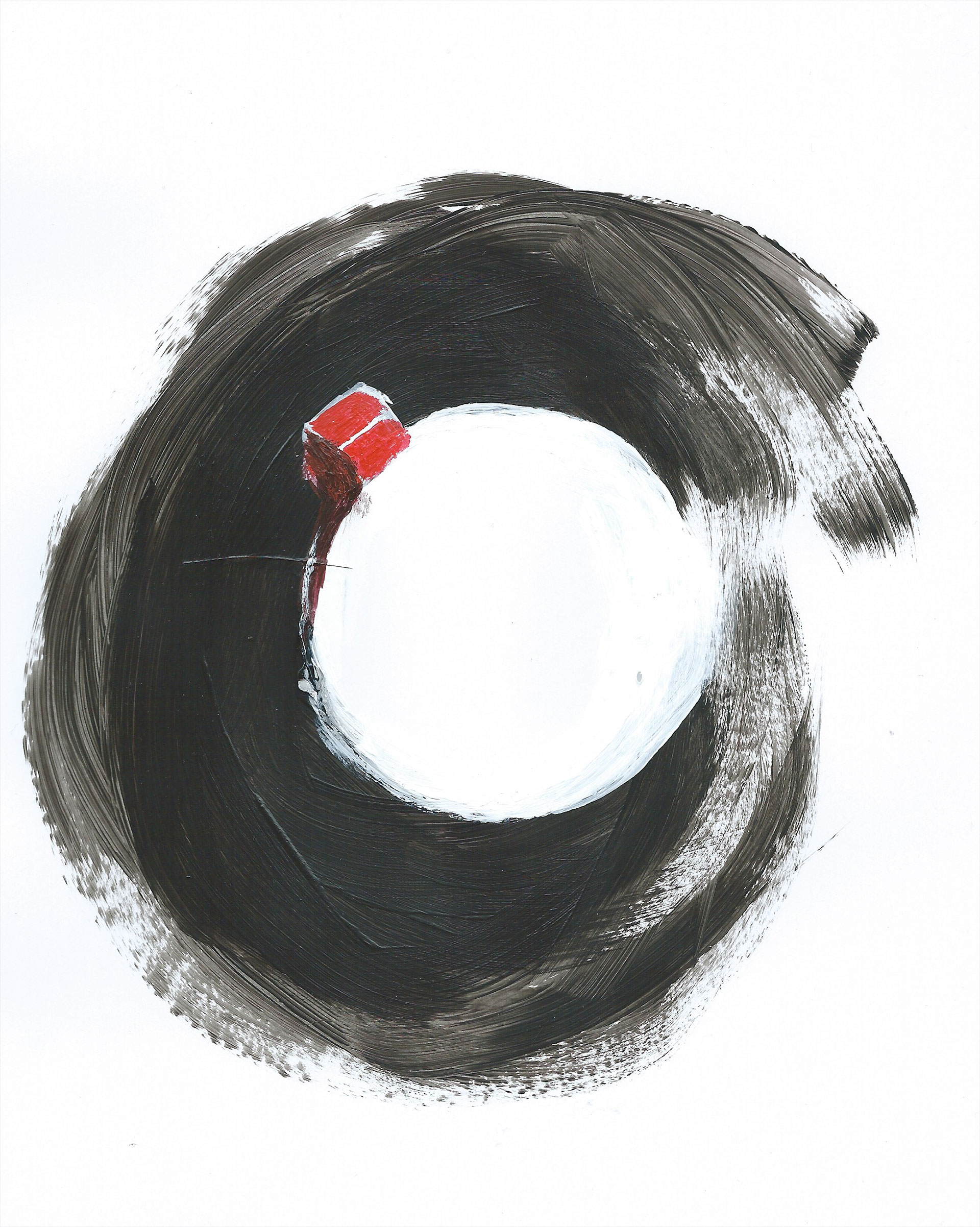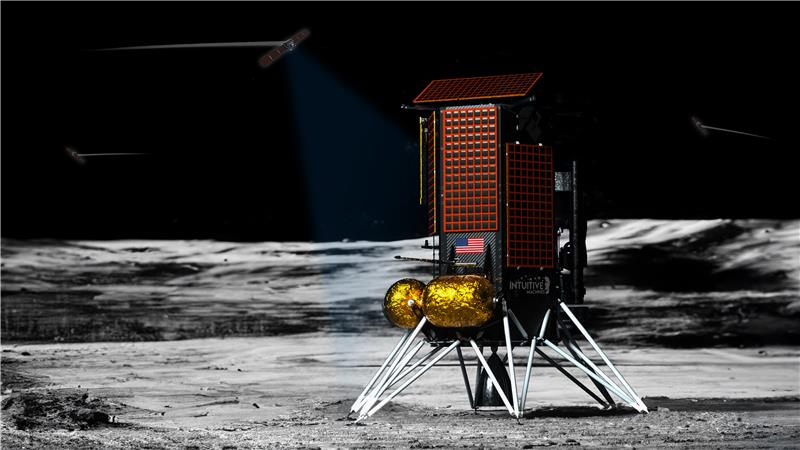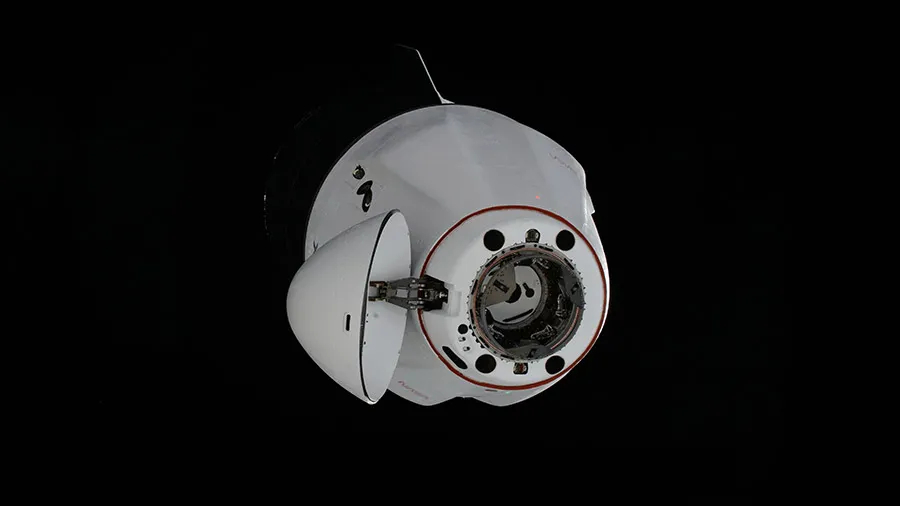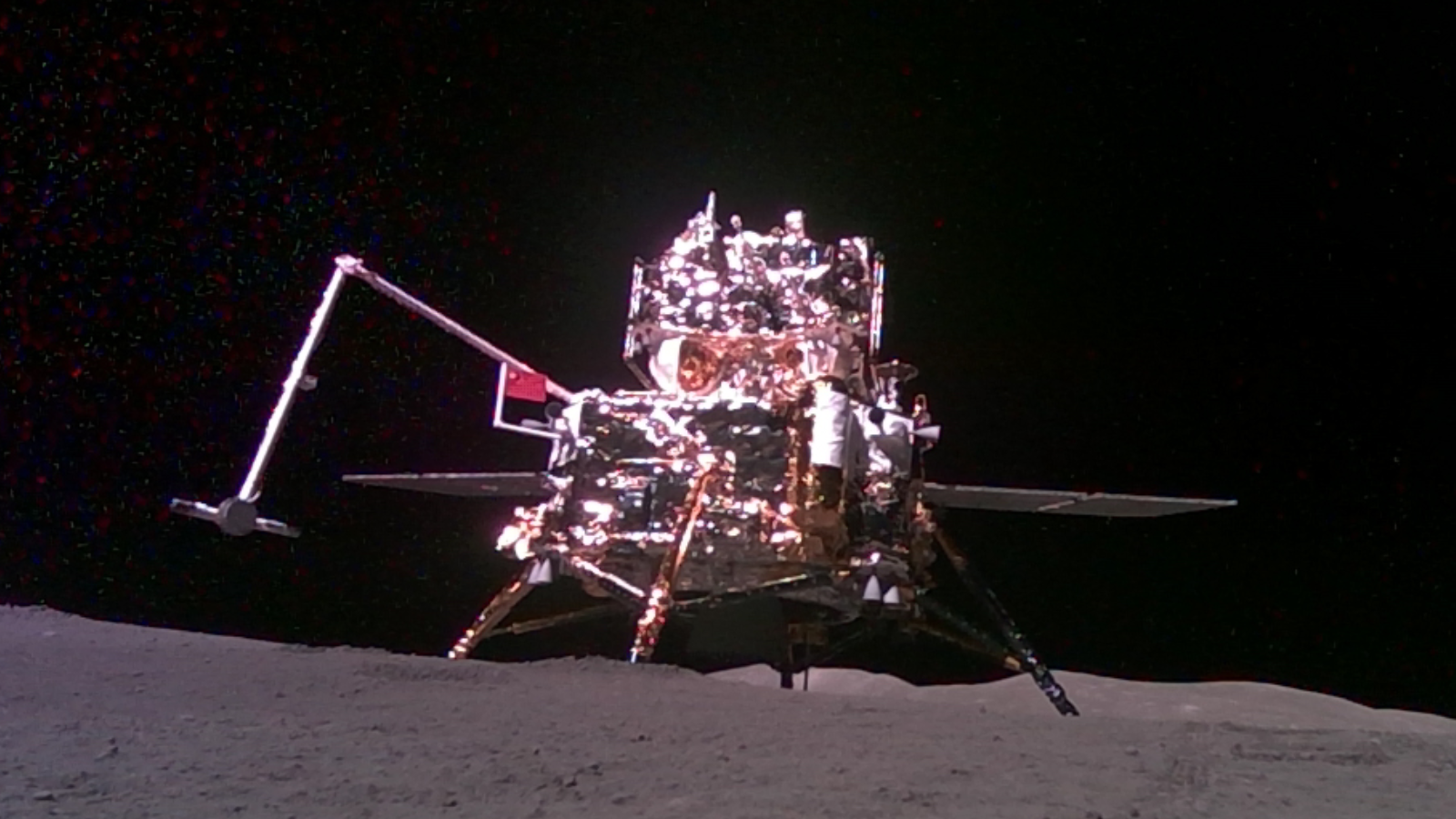Little house on the (moon) prairie: Artist's 'Moonhouse' set to lift off on lunar lander
Mikael Genberg has been working to send a house to the moon for 25 years. Now it is set to happen.

The moon is about to gain its first tiny house.
And not just any small house, but an iconic Swedish red house with white corners.
Launching on a Japanese moon lander and mounted to the front bumper of the mission's rover is the "Moonhouse," a project by Mikael Genberg that has been 25 years in the making.
"I've been working with the symbol as an artist for years and years," said Genberg in a video release. "I've been trying to find weird spots like tree houses or under the water or on the water or on the biggest spherical building in the world ... but it was all about narrowing in towards this really ultimate piece of art, putting a house on the moon."

To be clear, this is not a house you could live inside. Although Genberg once envisioned it as a self-unfolding installation that would stand 8 feet (2.5 meters) tall, the Moonhouse as realized is 3 inches high, 4 inches wide and 2.5 inches deep (8.6 by 11 by 6.4 centimeters).
"Experienced engineers have worked on the Moonhouse's technical design over the past two years. The house structure has undergone extensive shock and vibration tests to ensure it can withstand all the stresses and challenges it will face during the journey to the moon and survive intact in its new climate," said Emil Vinterhav, head of the Moonhouse technical team, in a recent statement.
Related: SpaceX will launch 2 private lunar landers this week, kicking off busy year for moon missions
Get the Space.com Newsletter
Breaking space news, the latest updates on rocket launches, skywatching events and more!
The Moonhouse's ride to the lunar surface is by ispace, a company focused on designing and building lunar landers and rovers with operations in Japan, Luxembourg and the United States. In April 2023, ispace attempted to land its first Hakuto-R lander on the moon but suffered a failure and did not achieve a soft touchdown due a software issue.
Genberg's Moonhouse will be aboard ispace's second attempt at reaching the lunar surface. Using its moon lander "Resilience" and rover "Tenacious," the company is targeting a landing at Mare Frigoris ("Sea of Cold") in the far north of the moon's near or Earth-facing side after a four-month journey through space.
ispace's Mission 2 is set to launch with another company's moon lander, Firefly Aerospace's Blue Ghost, on a SpaceX Falcon 9 rocket from NASA's Kennedy Space Center in Florida as soon as Wednesday morning (Jan. 15).

The Moonhouse is one of six payloads flying on the ispace mission, which also includes a food production experiment, a deep space radiation probe and a commemorative metal plate from the toy company Bandai Namco that is styled after the "Charter of the Universal Century" from the anime series "Mobile Suit Gundam Unicorn."
"The Moonhouse is an epic story that Mikael Genberg has strived to realize for a quarter of a century. We are excited to be part of completing an iconic artwork filled with new possibilities and ideas," said Julien-Alexandre Lamamy, CEO of ispace Europe.
Genberg came up with the idea for the Moonhouse in 1999 after learning that Europe's first probe to the moon, SMART-1, was built by the Swedish Space Corporation. Using a symbol already associated with his home country — the red color of the houses dates back to a 16th-century paint derived from the Falun copper mine in Sweden — he set about to create an artwork that was "governed by individual imagination — everyone has their own moonhouse."

Prior to this mission, in addition to numerous Earth-based locales, Genberg sent a version of the Moonhouse to the International Space Station with Swedish astronaut Christer Fuglesang. That model was made of cardstock that folded flat for its launch and then popped open to form a 3D building. Fuglesang filmed video of himself deploying the house and letting it float free in microgravity during his STS-128 mission aboard NASA's space shuttle Discovery in 2009.
Now that the Moonhouse is bound for its ultimate destination, Genberg hopes it can be a "symbol of humanity's eternal pursuit of the unknown and unexplored."
"Perhaps this house on the moon can symbolize life's eternal quest to evolve, to extend our consciousness and to view our planet from a new perspective," he said. "Isn't a house on the moon exactly what the world needs right now?"
Follow collectSPACE.com on Facebook and on X at @collectSPACE. Copyright 2025 collectSPACE.com. All rights reserved.
Join our Space Forums to keep talking space on the latest missions, night sky and more! And if you have a news tip, correction or comment, let us know at: community@space.com.

Robert Pearlman is a space historian, journalist and the founder and editor of collectSPACE.com, a daily news publication and community devoted to space history with a particular focus on how and where space exploration intersects with pop culture. Pearlman is also a contributing writer for Space.com and co-author of "Space Stations: The Art, Science, and Reality of Working in Space” published by Smithsonian Books in 2018.In 2009, he was inducted into the U.S. Space Camp Hall of Fame in Huntsville, Alabama. In 2021, he was honored by the American Astronautical Society with the Ordway Award for Sustained Excellence in Spaceflight History. In 2023, the National Space Club Florida Committee recognized Pearlman with the Kolcum News and Communications Award for excellence in telling the space story along the Space Coast and throughout the world.
-
Unclear Engineer It seems like there is getting to be a lot of stuff being sent to the Moon for emotional rather than scientific purposes. That seems weird, considering how much it costs to put anything on the Moon. But, I guess the small companies need the revenue, and there are people with money and the urge to put their art on the Moon, so it ends up in the payloads.Reply
Hopefully, the Moon will never look like the graffiti we see on just about everything on Earth, these days. But, I would not be surprised if the is even more than one "tagger" who dreams of putting his/her graffiti on the Moon, where everybody will see it (and probably curse it).











